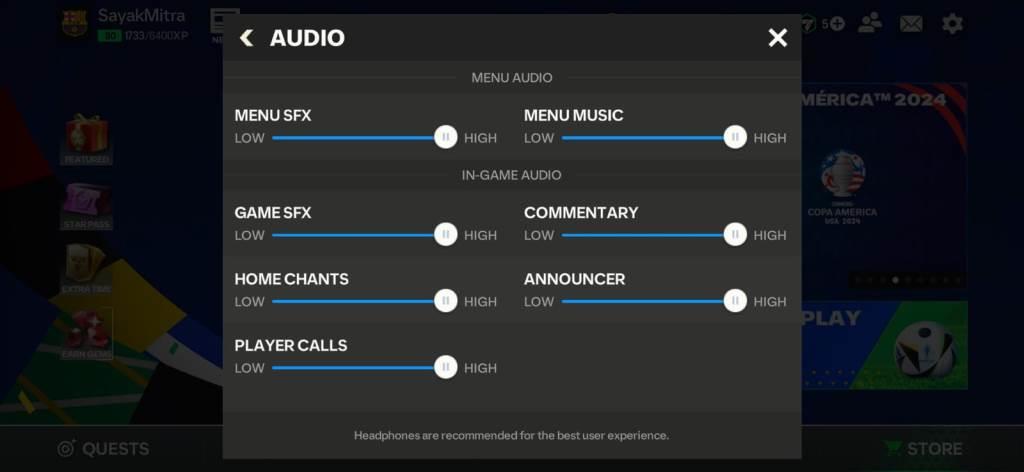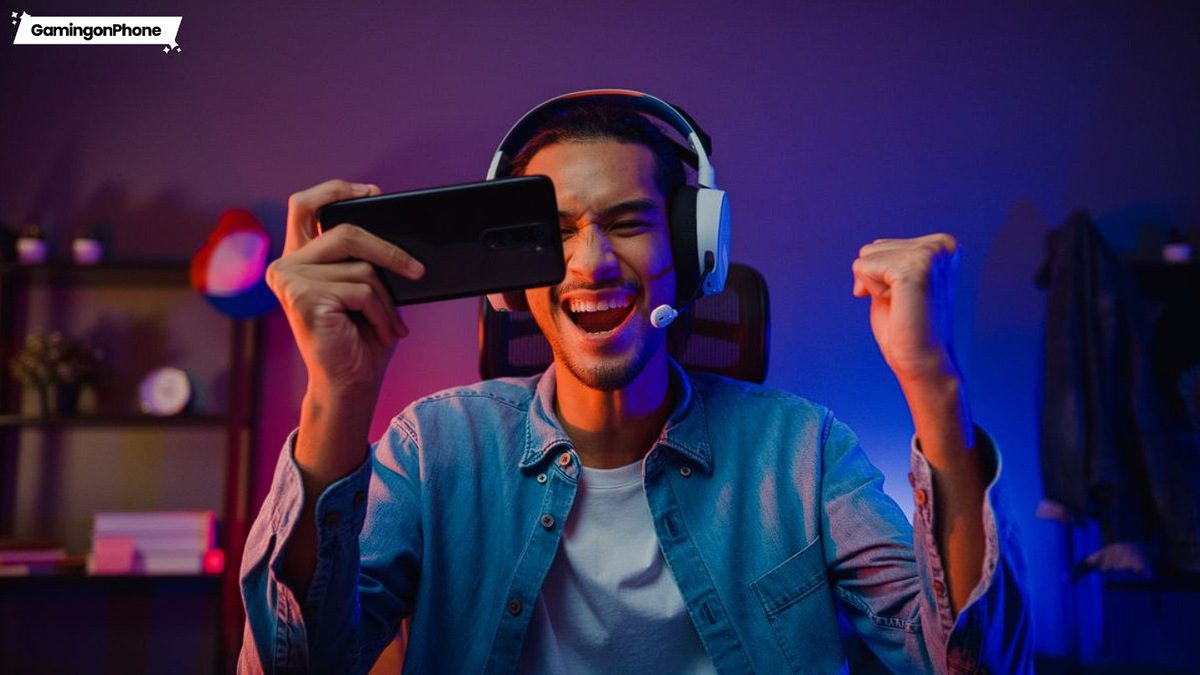
Accessibility plays a crucial role in enhancing the overall experience for mobile gaming players. While the two most common inclusions, visual and physical accessibility, always take center stage, audio accessibility is crucial to ensure that gamers with auditory impairments or those in sound-sensitive environments can enjoy themselves thoroughly.
Developers will now focus on developing a form of gaming that will allow users to participate, compete, and have fun regardless of their inability to hear. Let us discuss a few things that are must-haves for every audio accessibility feature to make the mobile gaming world a little more inclusive and accessible.
Subtitles and Closed Captions
Perhaps the most important accessibility feature, subtitles, are of varying quality and effectiveness. Good subtitles are more than just a transcript, as they include the context, sound effects, and even non-verbal cues such as tone or emphasis.


For example, the subtitles should contain events such as ‘‘creaking on the door’’ or “footsteps getting closer.” Such messages not only help the player understand the ambiance and atmosphere of the game but also enable them to enjoy the game’s overall mood. Some games offer options for customizing the subtitles, for example, font size, color, or background, for better readability, which is essential for patients with low vision.
Thus, according to Private Internet Access (PIA), customizable audio accessibility features, like adaptive captions, could be added to games to make them more accessible, thus creating a smoother feel for gamers than a game that does not have such features designed to work with such levels of accessibility.
Visual Cues for Audio Events
In fast games, where sound is frequently used to alert the player about an important event, visual cues can serve as a powerful alternative for players who cannot rely on audio. Such visual indications could be vibrations with the gamepad controller, flashing lights, or icons displayed on the screen that alert players of a series of events or dangers occurring in the game. This feature ensures that the players react in time and do not depend on their hearing sense, which makes the game more egalitarian and accessible to a larger population.
Sound Customization Options
Every game feels and hears sounds differently, so having complete control over the audio setup is very important. Mobile gamers should be able to control the balance between background movies, effects, and voiceovers to enhance their desire. This includes instances where they may use mobile games or presets that enhance the personalization of the sound experience to suit one’s taste or hearing ability.


These can be designed for players uncomfortable with specific pitches, frequencies, or audio patterns. Some games also use auditory-to-vibrational conversion in the form of haptic feedback, wherein players feel the audio within the game. For gamers who are deaf or hard of hearing, this feature means they can “feel” sounds within a game.
Text-to-Speech and Speech-to-Text Features
Online multiplayer games rely heavily on voice communication, leaving it to the disadvantaged deaf and hard-of-hearing players. In implementing a text-to-speech system, players can be provided with spoken information from other players through written text on the screen. A speech-to-text function, on the other hand, allows players to communicate through text, which will then be converted into voice, thus promoting adequate interaction with teammates who prefer or require voice chat.
Mono Audio Options
Some players might suffer from unilateral hearing loss, meaning they only hear out of one ear. For such people, it will significantly enhance their gaming experience if games include a customization option for mono audio; all audio will then play through both speakers or headphones equally, rather than some playing to a left and right channel. This way, the gamer can not miss any audible cues, giving equal chances in the game.
Conclusion
With all these critical audio accessibility features contained within one game, the devs will be much better suited to create an all-inclusive and enjoyable environment for all players. Today, accessibility can no longer be a choice in mobile gaming. Setting the bar high for digital accessibility on all platforms is crucial, and it’s evident that that’s the future: equally fun for everyone.
Such traits are embraced in this community of gamers, which amplifies the experience of those with specific needs while enhancing society as a whole. When game developers make games more accessible to a broader audience, they reach a wider audience. By doing so, they enrich the landscape of games with diversity and different experiences that allow everyone, regardless of their ability, to experience them.
Check our other coverage on mobile gaming here:
For more Mobile Gaming news and updates, join our WhatsApp group, Telegram Group, or Discord server. Also, follow us on Google News, Instagram, and Twitter for quick updates.
Source link











Leave a Reply